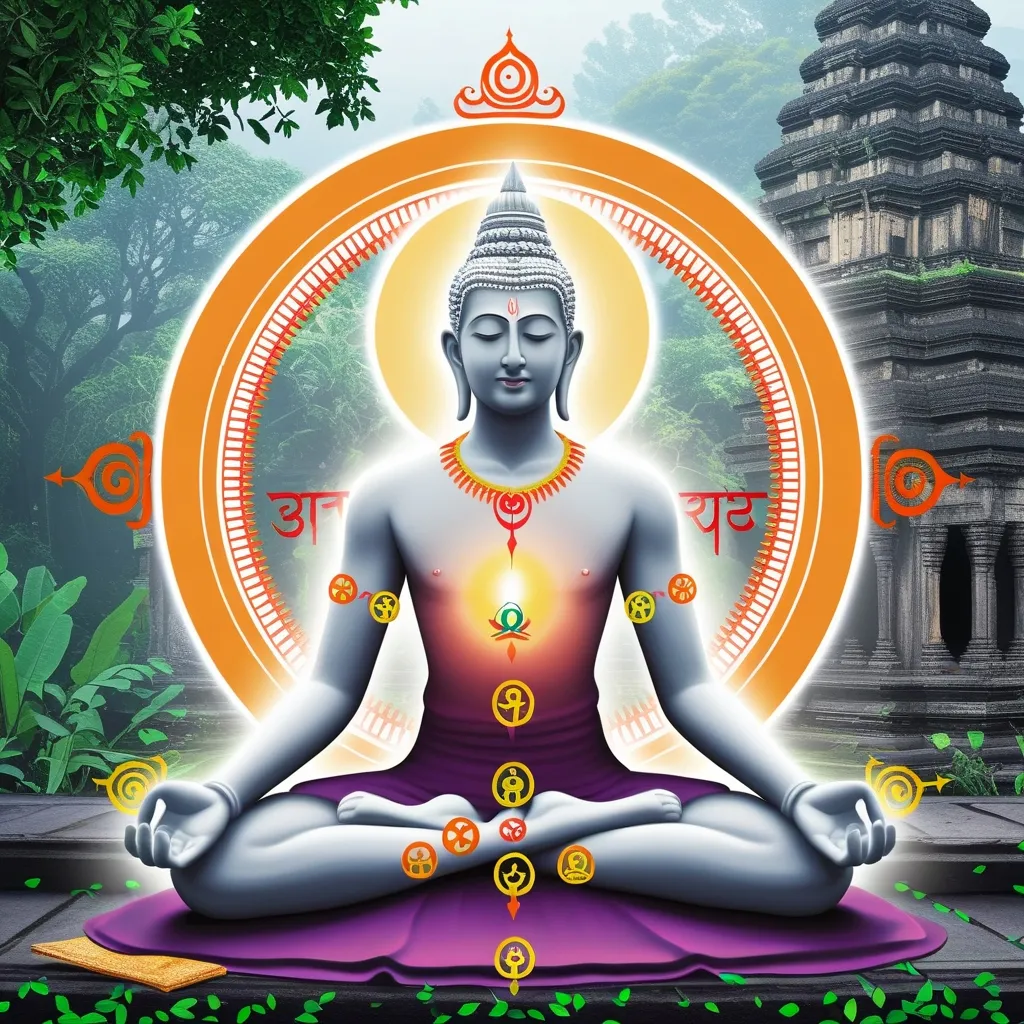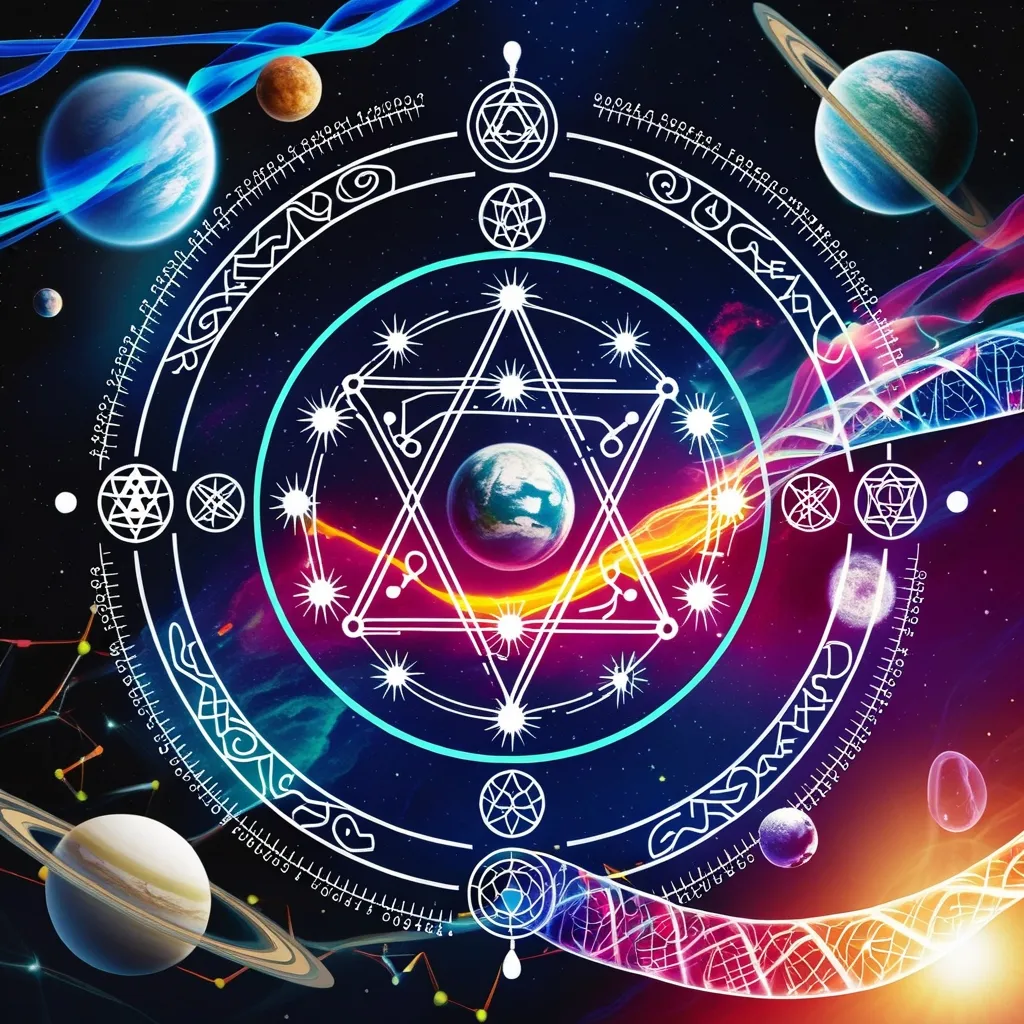As we delve into the intricate world of Sanskrit poetics, we find ourselves at the threshold of a fascinating concept known as Vyanjana. This term, often translated as “suggestion” or “indirect communication,” opens up a realm where words transcend their literal meanings, evoking emotions, ideas, and depths that lie beyond the surface.
In the heart of Indian literary theory, Vyanjana is not just a poetic device but a fundamental principle that distinguishes poetry from other forms of literature. It is the suggestive power of words that activates the potential hidden within them, allowing them to acquire meanings that are both beautiful and sensitive. This concept is beautifully encapsulated in the Dhvani School, particularly through the works of Anandavardhana in his seminal text, Dhvanyaloka.
Anandavardhana’s theory posits that the essence of poetry lies not in the direct, literal sense of words but in the suggested, indirect meaning known as Vyanjana-artha. This suggested sense is what makes poetry alive, as it engages the reader on a deeper level. The word, along with its literal sense, forms the body of the poem, but it is the suggested sense that is the soul. This distinction is crucial because it highlights that words in poetry are not mere carriers of primary meanings but vessels that can convey a multitude of emotions and ideas.
The power of Vyanjana is not limited to poetry alone; it extends into drama and even spiritual texts. In the Natyashastra, for instance, Vyanjana plays a significant role in enriching artistic expression. It is the suggestive quality of words that enhances the richness and depth of the performance, making it more engaging and meaningful.
In Hinduism, Vyanjana is often discussed in the context of Kavyashastra, the science of poetry. Here, it is one of the three kinds of meaning that words can convey: the primary meaning (vācya-artha), the secondary meaning (lakṣa-artha), and the suggestive meaning (vyaṅga-artha). The suggestive meaning is what sets great literature apart from ordinary writing, as it requires the reader to engage actively with the text, uncovering layers of meaning that are not immediately apparent.
The concept of Vyanjana also underscores the importance of the reader’s role in interpreting literature. It is the cultured reader, known as the Sahrudaya, who can extract the subtle, suggested essence of the poem with delight. This mutual relationship between the poet, the word, and the reader is what makes Vyanjana so powerful. It is a bridge that carries the art from the artist to the reader, facilitating a deep and personal connection with the text.
When we explore Vyanjana in the context of spiritual texts, we find that it adds a profound layer of meaning. In the Bhagavata Purana, for example, Vyanjana is used to imply meanings indirectly, enriching the spiritual narrative and making it more impactful. This indirect communication allows the reader to reflect deeply on the text, deriving personal insights and spiritual growth.
The types of Vyanjana are varied, ranging from simple implications to complex emotional resonances. In poetry, it can manifest as a subtle hint that evokes a powerful emotion or as a nuanced suggestion that reveals a deeper truth. In drama, it can be the tone, gestures, and sound effects that together create a rich tapestry of meaning.
Anandavardhana’s work did not confine itself to just words and sentences; it included all contextual factors such as tone, gestures, sound effects, rhythm, and meter. This holistic approach to Vyanjana highlights its pervasive influence on all forms of artistic expression. It is this comprehensive understanding that makes Vyanjana a cornerstone of Indian poetics.
The significance of Vyanjana extends beyond the realm of literature and art; it offers practical wisdom for enhancing our communication and interpretation skills. By understanding how words can suggest meanings beyond their literal sense, we can become more nuanced communicators. We learn to appreciate the subtleties of language and the power of suggestion in conveying complex ideas and emotions.
In our daily interactions, Vyanjana can help us communicate more effectively. It teaches us that sometimes what is left unsaid can be more powerful than what is explicitly stated. This art of suggestion can make our words more impactful, allowing us to connect with others on a deeper level.
As we journey through the world of Vyanjana, we gain fresh insights into the nature of communication and artistic expression. We see that ancient Indian thinkers viewed language not just as a tool for information but as a gateway to profound aesthetic and spiritual experiences. This perspective enriches our understanding of literature and life, showing us that the true power of words lies in their ability to suggest, to imply, and to evoke.
In conclusion, Vyanjana is more than just a poetic device; it is a way of understanding the world around us. It reminds us that meaning is not always straightforward but often layered and complex. By embracing this concept, we can deepen our appreciation for Indian literary theory and enhance our own ability to communicate and interpret meaning in all its forms. Whether you are a literature enthusiast, a student of linguistics, or simply curious about different approaches to understanding meaning, the journey into Vyanjana promises to reveal new layers of significance, enriching your quest for deeper understanding.






